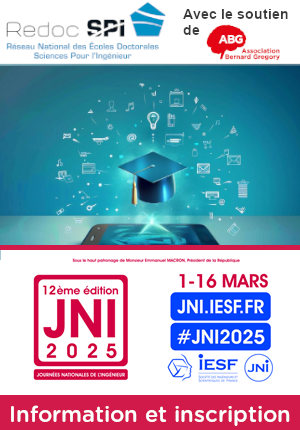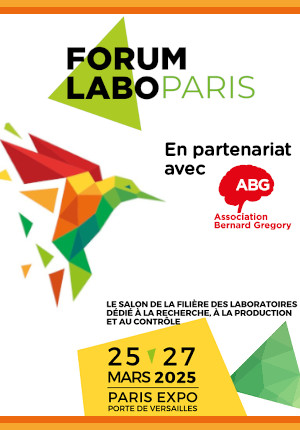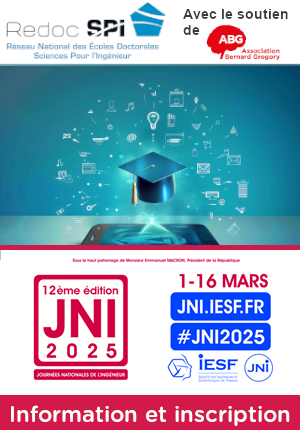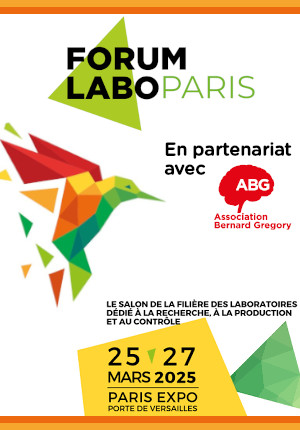Phase Field modeling of the Effect of Anisotropy of Interface Properties on the Austenite-Ferrite Transformation
| ABG-128579 | Thesis topic | |
| 2025-02-13 | Public funding alone (i.e. government, region, European, international organization research grant) |
- Materials science
Topic description
Context
Grain boundaries and phase interfaces are key microstructural features that significantly affect the mechanical properties of metallic alloys. These interfaces play a critical role in a variety of processes, including intergranular and brittle fracture, oxidation, nucleation and growth during phase transformations, recrystallization, and grain growth . In steels, the austenite/ferrite interface is of particular importance as it largely determines the final microstructure and mechanical properties of the material. Recent research has highlighted the importance of incorporating the physical properties of interfaces — such as energy, mobility, and interaction with alloying elements — into models to accurately predict microstructural evolution during complex thermo-mechanical processes [3,4]. For example, the solute drag effect, where impurities interact with moving interfaces, affects the kinetics of phase transformation in steels.
In addition, the properties of interfaces vary with their crystallographic structure. For example, it has been shown experimentally that solute segregation depends on the character of the austenite-ferrite interface, and the resulting heterogeneous segregation can affect the kinetics of phase transformation and thus the final properties.
However, existing models that describe microstructural evolution in steels are limited to isotropic properties of the interface. While some attempts have been made to account for anisotropic properties in grain boundary migration, the same has not been thoroughly investigated for interphase interfaces.
Objective
Therefore, the primary objective of this project is to investigate the effect of interfacial anisotropies on the kinetics of austenite to ferrite transformation in alloy steels. Special emphasis will be placed on the
anisotropy of segregation behavior as a function of interfacial character.
To apply
For those interested, please send detailed CV and motivation letter to
Imed-Eddine Benrabah (email)
Starting date
Funding category
Funding further details
Presentation of host institution and host laboratory
The Institute Jean Lamour (IJL) is a joint research unit of CNRS and Université de Lorraine. Focused on
materials and processes science and engineering, it covers: materials, metallurgy, plasmas, surfaces,
nanomaterials and electronics. It regroups 183 researchers/lecturers, 91 engineers/technicians/administrative staff, 150 doctoral students and 25 post-doctoral fellows. Partnerships exist with 150 companies and our ,research groups collaborate with more than 30 countries throughout the world. Its exceptional instrumental platforms are spread over 4 sites; the main one is located on Artem campus in Nancy.
Candidate's profile
•Background in materials science, physics, or a closely related field.
•Basic understanding of phase transformations and segregation phenomena.
•Programming experience in FORTRAN, Python, C++, or a similar language.
•Familiarity with phase field modeling techniques is a plus.
•Strong computational and problem-solving skills.
Vous avez déjà un compte ?
Nouvel utilisateur ?
Get ABG’s monthly newsletters including news, job offers, grants & fellowships and a selection of relevant events…
Discover our members
 ANRT
ANRT  Ifremer
Ifremer  Nokia Bell Labs France
Nokia Bell Labs France  SUEZ
SUEZ  Aérocentre, Pôle d'excellence régional
Aérocentre, Pôle d'excellence régional  TotalEnergies
TotalEnergies  CESI
CESI  ADEME
ADEME  Groupe AFNOR - Association française de normalisation
Groupe AFNOR - Association française de normalisation  Tecknowmetrix
Tecknowmetrix  CASDEN
CASDEN  MabDesign
MabDesign  Généthon
Généthon  ONERA - The French Aerospace Lab
ONERA - The French Aerospace Lab  Institut de Radioprotection et de Sureté Nucléaire - IRSN - Siège
Institut de Radioprotection et de Sureté Nucléaire - IRSN - Siège  PhDOOC
PhDOOC  MabDesign
MabDesign  Institut Sup'biotech de Paris
Institut Sup'biotech de Paris  Laboratoire National de Métrologie et d'Essais - LNE
Laboratoire National de Métrologie et d'Essais - LNE










